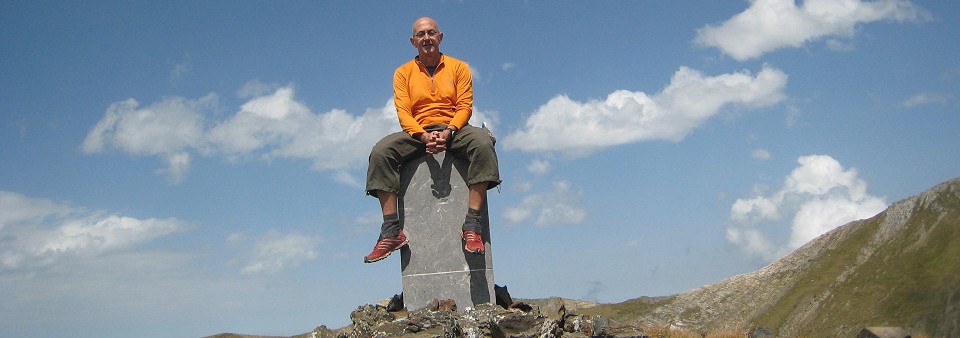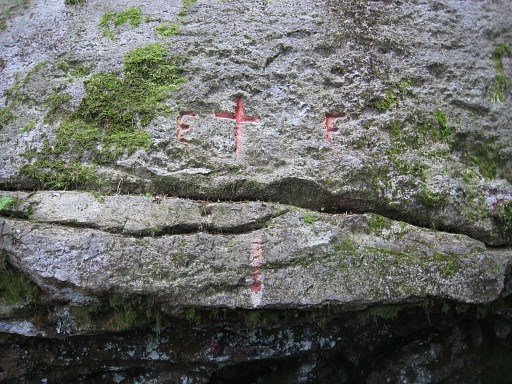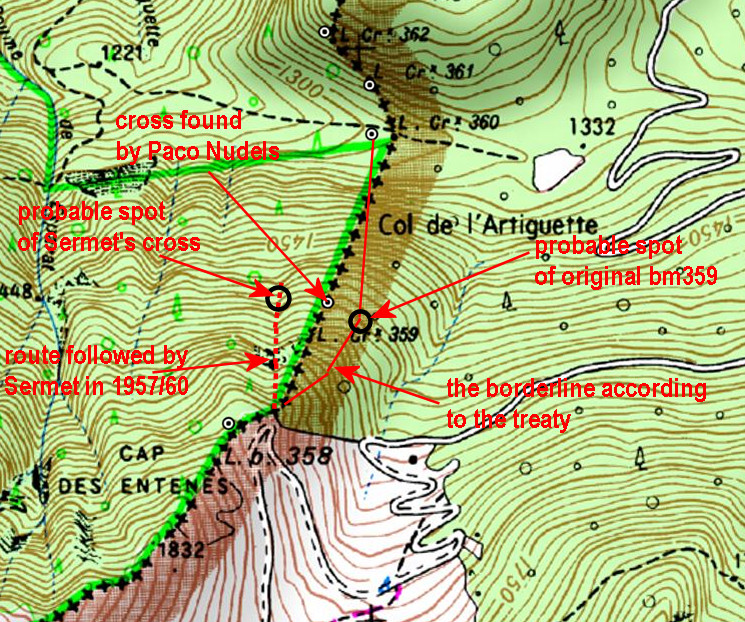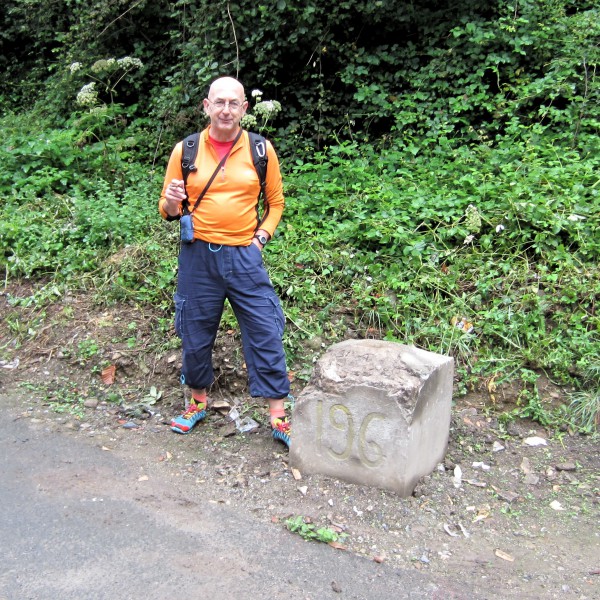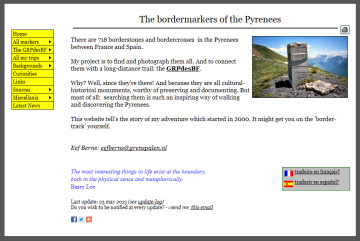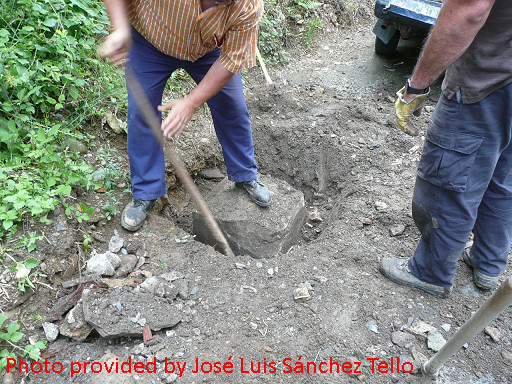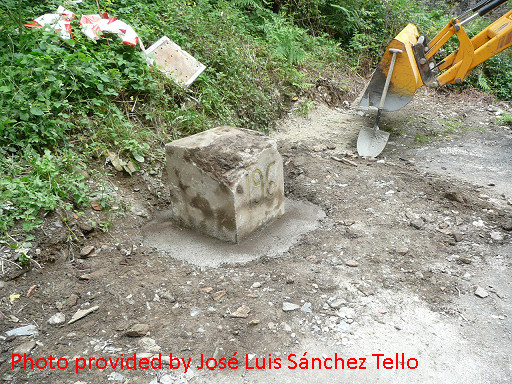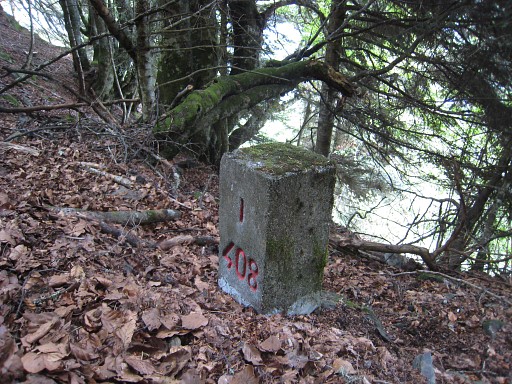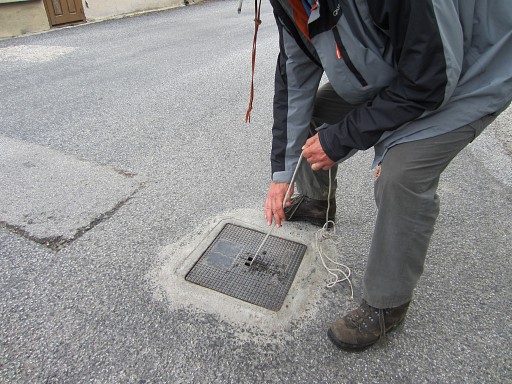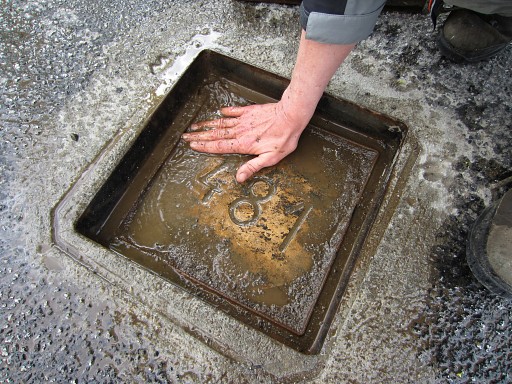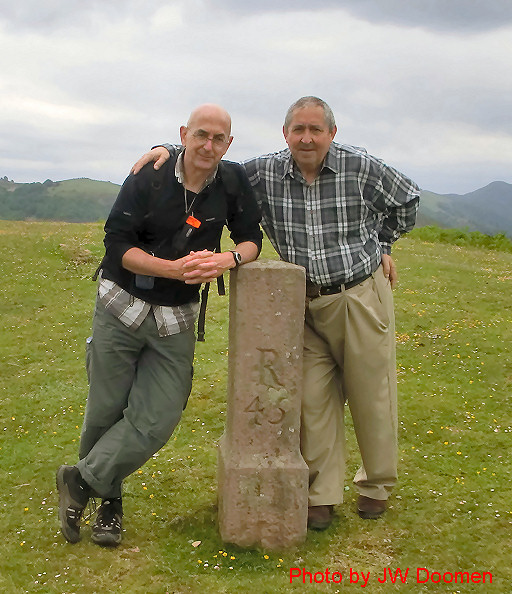A recurring question: in which archives can we find bordermarker-related information? For example about the mysterious bm408-submarkers, the dubious bm359 or the reportedly destroyed bm271bis. We’d like so much to discover old pictures, cadastral maps, proceedings of border-committees etcetera to solve remaining questions.
I’m not living in France or Spain, so exploring archives there is not an option. The wikipedia article on the French archives is not encouraging about the online search possibilties. But through the years I got some information where to find what. It might help you. And you might help me with additional info on this subject.
There are three kinds of sources:
– personal archives: I know of one example: the archives of Jean Sermet stored in the Musee des Pyrénées in Lourdes but not yet indexed. The Darrieu’s have visited the museum and copied a lot of documents.
– archives with a (inter)national scope: all the documents regarding the bi-national committees on the Pyrenean border through the years (since 1973 the “Commission Mixte d’Abornement”). Well: that’s a big question. One of the French ‘délégues’ – Jean-Paul Laborie – reported that he couldn’t find any documentation regarding the esfr-border in the Toulouse-archives. And apparently he has – as a member – no access to the archives of the “Commission Mixte d’Abornement”, if they exist at all as a separate entity. He suggests that those files are in national archives (Paris?).
– archives with a regional scope, for example the proceedings of annual communal bordermarker checks. We have a fine example provided by Jacques Koleck: about bm261 in the minutes of the “Commissions de vérification des bornes internationales”, found in the Archives Départementales of Pau.
Of course, they will have their Spanish counterparts. We have a particular example: the source of a picture of the lost bm364: the “Archives de La Guardia Civil”
